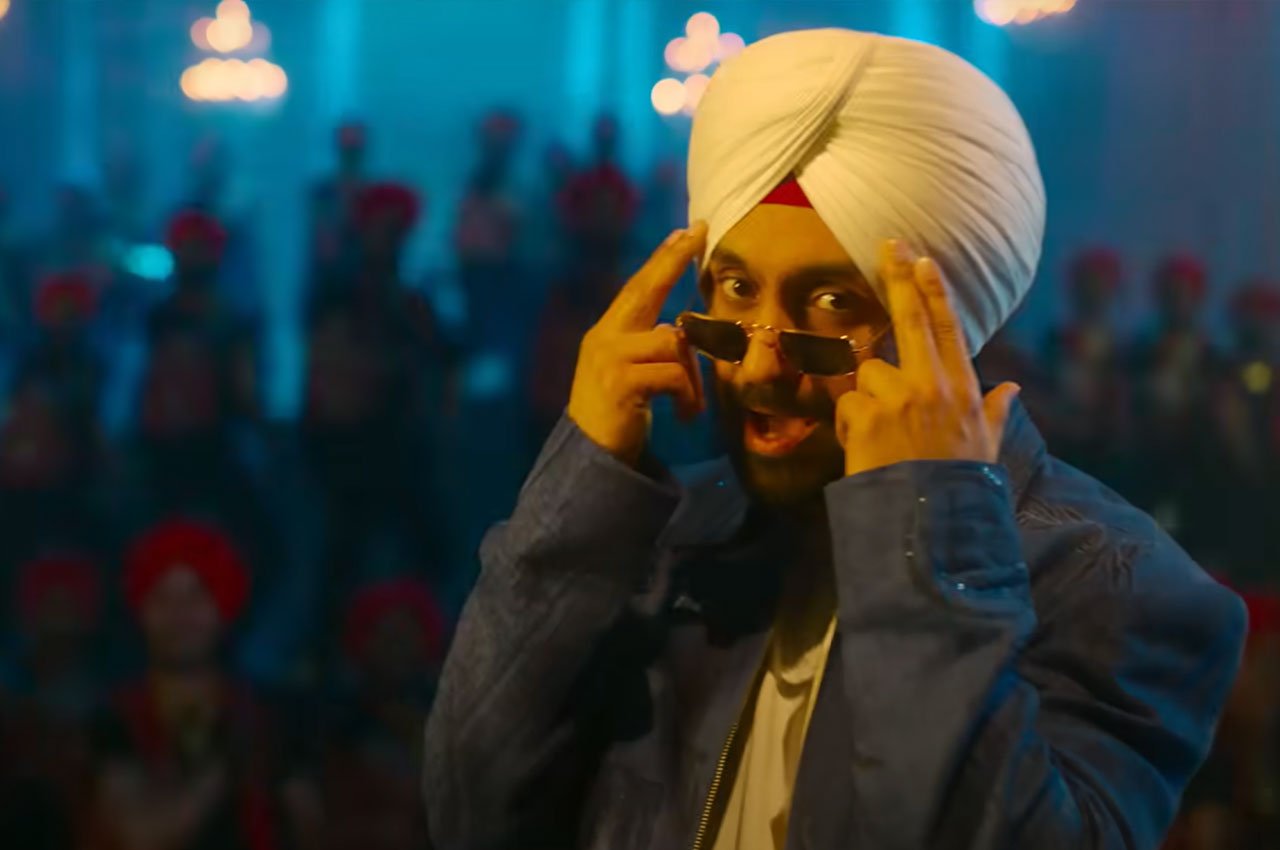Diljit Dosanjh and the Sardaar Ji 3 Row. A scene from the movie.
The controversy surrounding Diljit Dosanjh and the casting of Pakistani actress Hania Aamir in Sardaar Ji 3 has once again reignited the ever-simmering debate about cross-border artistic collaboration and national sentiment. What began as a quiet casting choice for a Punjabi film has escalated into a flashpoint that now sharply divides public opinion—and Bollywood itself.
On one side, nationalistic groups, including the Federation of Western India Cine Employees (FWICE), have demanded a complete boycott of the film and action against those involved. Their reasoning is anchored in timing: the film’s release comes in the wake of the Pahalgam terror attack, leading to strong emotional and political reactions. From effigy burning to calls for passport revocation, the rhetoric is intense and unforgiving.
However, it is worth noting that the film was reportedly shot well before the tragic events in Kashmir, a fact confirmed by both the production house and Dosanjh himself. Industry insiders have argued that holding a completed project hostage to changing geopolitical winds sets a dangerous precedent—one where creative decisions made in good faith become scapegoats for later events beyond the filmmakers’ control.
Veteran voices like Javed Akhtar have stepped in to offer nuance. Akhtar rightly pointed out that Sardaar Ji 3 is backed by Indian producers, involves Indian money, and any financial loss would fall on Indian shoulders. His logic is rooted not in politics but in economics and artistic fairness: why punish your own industry for a symbolic gesture?
On the other hand, critics argue that symbolism matters, especially when national wounds are fresh. They believe cultural collaborations—even unintended—send the wrong message when diplomatic ties are strained. This section of Bollywood leans towards caution, perhaps out of respect for the larger public mood or to avoid commercial backlash.
The divide in Bollywood is stark. While a few filmmakers like Imtiaz Ali have spoken in support of Diljit Dosanjh, praising his “Indianness” and cultural rootedness, others have taken a different stand. Singer Mika Singh openly criticised the casting choice, questioning the inclusion of a Pakistani actress during a sensitive time. Meanwhile, a large section of the industry has chosen silence.
From his vocal support during the farmers’ protest, where he clashed publicly with a Bollywood colleague and Current BJP MP, Kangna Ranaut, to his unexpected meeting with PM Modi that left both his critics and fans confused, Dosanjh has often found himself at the centre of controversies—sometimes by choice, sometimes by perception. It’s perhaps this history that intensifies reactions around him, regardless of his actual involvement.
The Sardaar Ji 3 controversy reveals how fragile the space for artistic collaboration has become. It also highlights a deeper fault line in Bollywood: the tension between creative liberty and public accountability. Some believe art should transcend borders, while others believe national interest must come first—especially in cinema, which wields enormous influence.
Ultimately, the way forward may lie in transparency. If filmmakers are more upfront about timelines, financing, and intent, the public might respond with greater understanding. At the same time, regulatory bodies could step in to offer clearer frameworks on how to navigate cross-border artistic exchanges during sensitive periods.
For now, Sardaar Ji 3 will reportedly skip an Indian release and go overseas—an unfortunate outcome for a film that may now be remembered more for controversy than content. But the bigger question remains: how can Bollywood strike a balance between sensitivity and creativity, between national sentiment and global storytelling?
Until we find that balance, the industry will continue to walk a tightrope—where every project is a potential political statement, and every artist, a diplomat in disguise.
For more stories click here
Follow us for latest updates:




